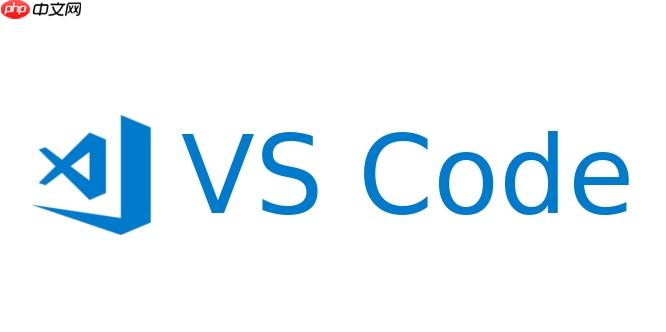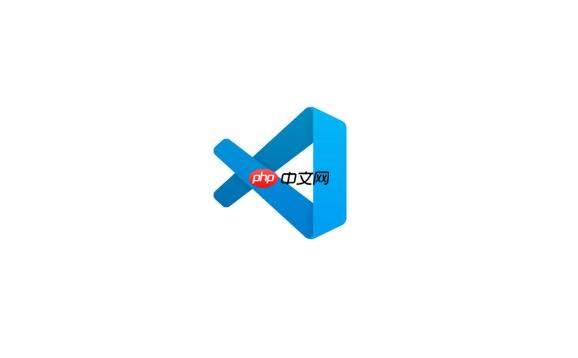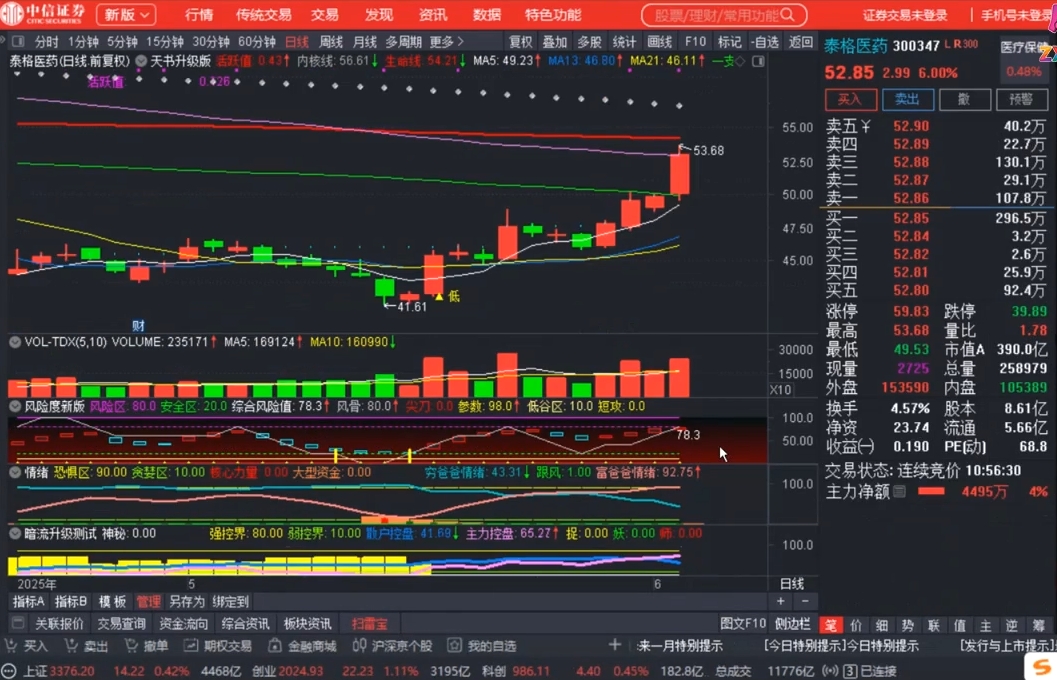构建laravel标准api接口需遵循以下步骤:1. 创建模型和迁移文件,定义数据表结构并运行迁移;2. 使用–api选项创建资源控制器,生成标准api方法;3. 实现控制器方法,处理数据的增删改查;4. 在routes/api.php中定义资源路由;5. 创建api资源类,规范json输出格式,并在控制器中使用该资源返回数据;6. 对于复杂关联关系,使用api资源的whenloaded方法按需加载关联数据;7. 通过命名空间和路由分组实现api版本控制,保持代码结构清晰;8. 使用paginate()和orderby()实现分页与排序,并在资源中添加分页信息。

构建Laravel标准API接口,关键在于理解资源控制器和API资源的使用。这不仅能简化代码,还能提高API的可维护性。

解决方案
-
创建模型和迁移:

首先,我们需要一个模型来代表API操作的数据。例如,我们要创建一个管理products的API。
php artisan make:model Product -m
这会创建Product模型和对应的迁移文件。在迁移文件中定义products表的结构。

Schema::create('products', function (Blueprint $table) { $table->id(); $table->string('name'); $table->text('description'); $table->decimal('price', 8, 2); $table->timestamps(); });运行迁移:
php artisan migrate
-
创建资源控制器:
使用make:controller命令创建资源控制器,并加上–api选项,生成只包含API所需方法的控制器。
php artisan make:controller ProductController --api
这将生成app/http/Controllers/ProductController.php,其中包含index, store, show, update, destroy等方法。
-
实现控制器方法:
在ProductController中实现各个方法。例如,index方法用于获取所有产品:
use AppModelsProduct; use IlluminateHttpRequest; class ProductController extends Controller { public function index() { return Product::all(); } public function store(Request $request) { $request->validate([ 'name' => 'required|string|max:255', 'description' => 'required|string', 'price' => 'required|numeric', ]); return Product::create($request->all()); } public function show(Product $product) { return $product; } public function update(Request $request, Product $product) { $request->validate([ 'name' => 'string|max:255', 'description' => 'string', 'price' => 'numeric', ]); $product->update($request->all()); return $product; } public function destroy(Product $product) { $product->delete(); return response()->json(null, 204); } } -
定义路由:
在routes/api.php中定义资源路由。
Route::apiResource('products', ProductController::class);
这会自动为ProductController中的方法注册对应的API路由。
-
创建API资源:
使用make:resource命令创建API资源,用于转换模型数据为JSON格式。
php artisan make:resource ProductResource
在app/Http/Resources/ProductResource.php中定义数据转换逻辑。
use IlluminateHttpResourcesJsonJsonResource; class ProductResource extends JsonResource { public function toArray($request) { return [ 'id' => $this->id, 'name' => $this->name, 'description' => $this->description, 'price' => $this->price, 'created_at' => $this->created_at, 'updated_at' => $this->updated_at, ]; } } -
在控制器中使用API资源:
修改ProductController,使用ProductResource返回数据。
use AppHttpResourcesProductResource; class ProductController extends Controller { public function index() { return ProductResource::collection(Product::all()); } public function show(Product $product) { return new ProductResource($product); } public function store(Request $request) { $request->validate([ 'name' => 'required|string|max:255', 'description' => 'required|string', 'price' => 'required|numeric', ]); $product = Product::create($request->all()); return new ProductResource($product); } public function update(Request $request, Product $product) { $request->validate([ 'name' => 'string|max:255', 'description' => 'string', 'price' => 'numeric', ]); $product->update($request->all()); return new ProductResource($product); } }
Laravel API 资源控制器如何处理复杂的关联关系?
处理复杂的关联关系,可以在API资源中使用$this->whenLoaded()方法。假设Product模型有一个category关联关系:
public function toArray($request) { return [ 'id' => $this->id, 'name' => $this->name, 'description' => $this->description, 'price' => $this->price, 'category' => $this->whenLoaded('category', function () { return [ 'id' => $this->category->id, 'name' => $this->category->name, ]; }), ]; }
只有当category关系被加载时,才会包含在API响应中。在控制器中,可以使用with()方法加载关系:
public function show(Product $product) { $product = $product->load('category'); return new ProductResource($product); }
如何进行API版本控制,并保持代码整洁?
API版本控制可以通过命名空间和路由分组来实现。例如,创建app/Http/Controllers/Api/V1目录,并将ProductController移动到该目录。
修改命名空间为AppHttpControllersApiV1。
在routes/api.php中定义路由分组:
Route::prefix('v1')->group(function () { Route::apiResource('products', AppHttpControllersApiV1ProductController::class); });
这样,API的URL将变为/api/v1/products。当需要升级API时,可以创建V2目录,并复制V1的代码,进行修改。
如何在Laravel API中实现高效的数据分页和排序?
使用Laravel提供的paginate()方法进行分页。
public function index() { $products = Product::paginate(10); // 每页显示10条数据 return ProductResource::collection($products); }
在API资源中,可以添加分页链接:
use IlluminateHttpResourcesJsonResourceCollection; class ProductResource extends ResourceCollection { public function toArray($request) { return parent::toArray($request); } public function with($request) { return [ 'links' => [ 'first' => $this->resource->url(1), 'last' => $this->resource->url($this->resource->lastPage()), 'prev' => $this->resource->previousPageUrl(), 'next' => $this->resource->nextPageUrl(), ], 'meta' => [ 'current_page' => $this->resource->currentPage(), 'from' => $this->resource->firstItem(), 'last_page' => $this->resource->lastPage(), 'path' => $this->resource->path(), 'per_page' => $this->resource->perPage(), 'to' => $this->resource->lastItem(), 'total' => $this->resource->total(), ], ]; } }
排序可以通过orderBy()方法实现:
public function index() { $products = Product::orderBy('name', 'asc')->paginate(10); return ProductResource::collection($products); }



















